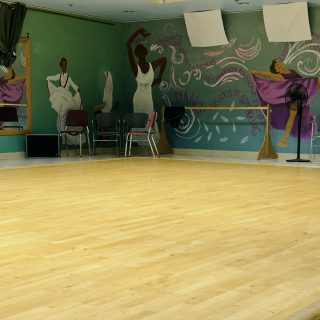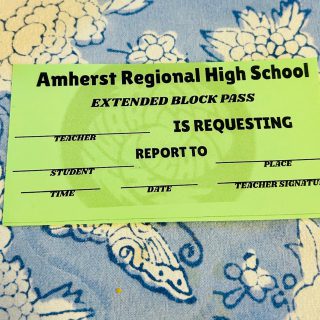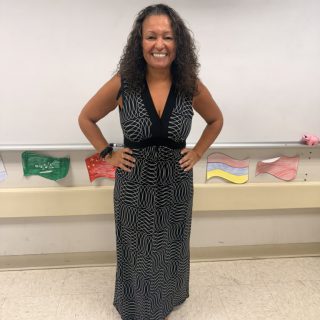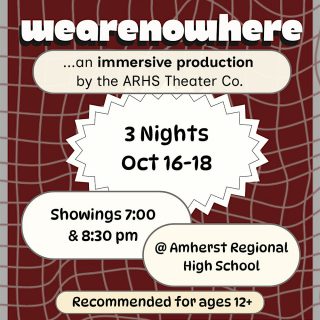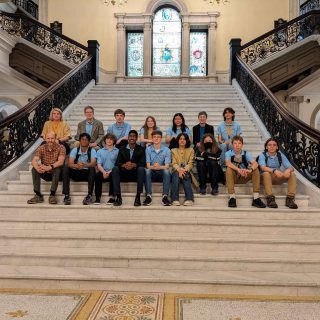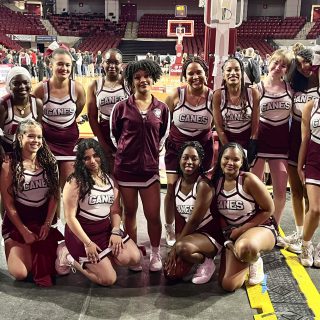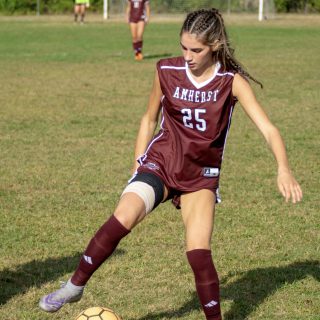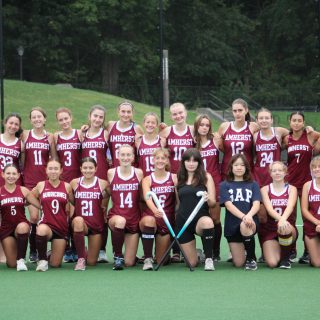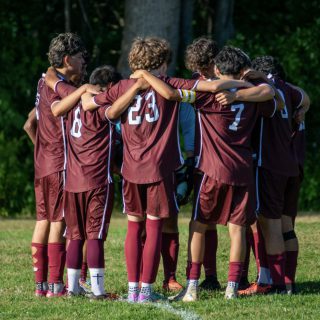Students weigh in on the ‘pay-to-park or get towed’ system at ARHS
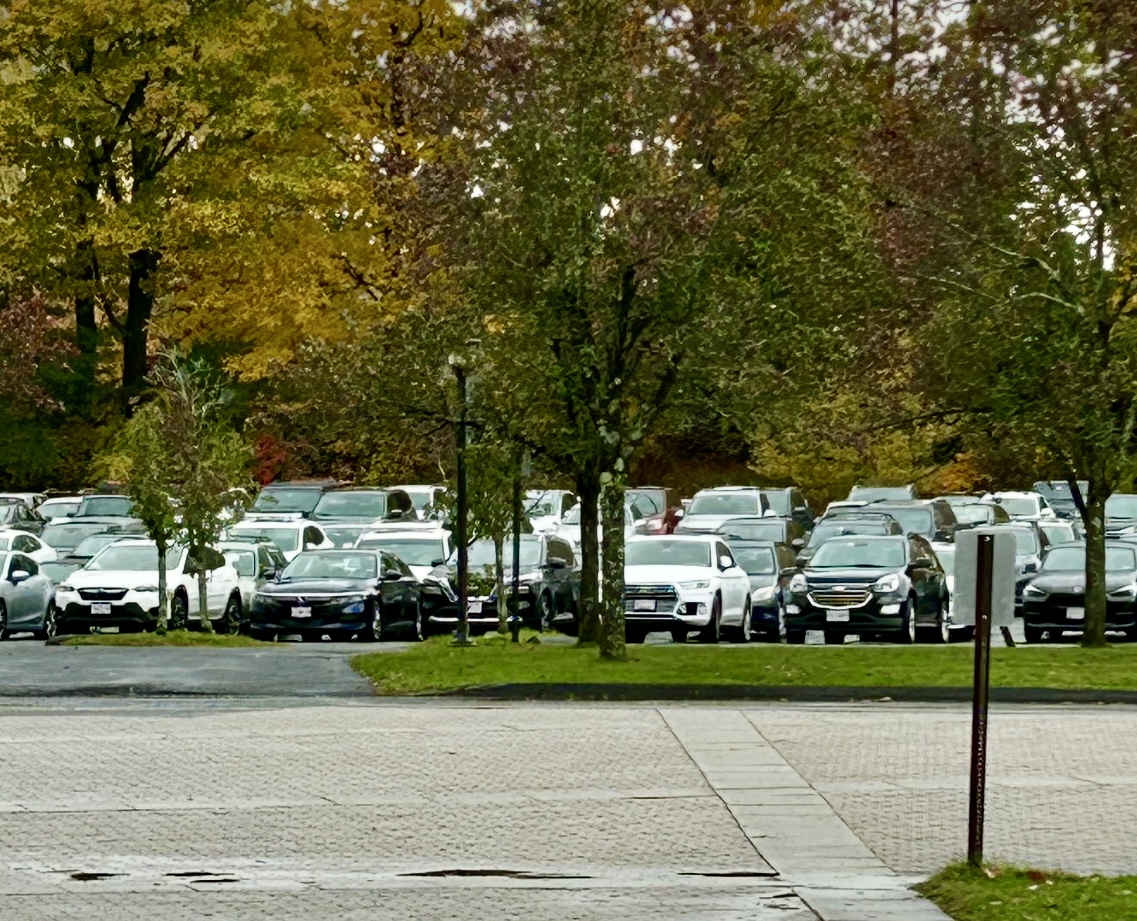
Late in September, students who parked in the ARHS lot returned to their cars to find flyers on their windshields. These flyers reminded students that they needed to pay $80 a year for a parking permit and that any cars without a permit would be towed.
Many students were frustrated, saying that last year they had parked without paying and that enforcement was nonexistent.
Writing for The Graphic, I reached out to juniors and seniors about their thoughts on paying to park at school, and also connected with administrators and administrative assistants about both the history and purpose of paying to park at school.
According to the school’s handbook, “use of student parking at ARHS is a privilege, not a right.” The handbook explains that the justification for parking is that there is “a limited number of spaces available,” and that seniors will be given priority status, followed by “juniors whose academic programs include courses taken at area colleges and internships that occur during the school day.”
The handbook also notes that consideration is given to students who are “directly involved in after-school home care, responsible for supporting their family through a job, living independently and self-supportive, and students participating in the school choice program.”
Assistant Principal Sam Camera said she was the one who placed the flyers on cars herself because parking was becoming especially limited this fall due to the ongoing tract project. “Faculty were arriving at school unable to secure a spot,” Camera said.
The Money
This year, a parking permit at ARHS costs $80 for the full year or $40 per semester, an increase from last year’s $75, dating as far back as 2017. “I’d like to know what the extra $5 is going to,” said senior Audrey Spiridopoulos.
Principal Talib Sadiq and Dean of Students Mary Custard both said they do not know why the fee increased $5, but it’s not a steep hike over 8 years. But where does the money go?
Sadiq said that while money used to go into a revolving fund for maintenance, it now just sits in the Student Activities account.“There’s a dispute between the school and the town on who needs to take care of what,” Sadiq said.
Frustrations
Many students said the policy feels unfair, especially when driving is their only option to participate in after-school programs.
“Because I want to do clubs [and since the school removed the flex block], the clubs have to be after school,” said Senior Alina Seeger. “This basically forces me to drive if I want to attend, meaning I have to pay [to park].”
Senior Lily Gubrium agreed that students shouldn’t have to pay. “It seems like a way to get kids to pay off the school’s debt,” she said.
Senior Mia Allees-Berge also feels frustration, but for different reasons.” I was angry because most weeks I only drive to school on Fridays, so it doesn’t seem fair to have to pay the full $80 if I’m not regularly driving to school,” she said. “But at the same time I wasn’t going to not get a pass because I wasn’t willing to risk being towed on the only day I drive to school. I also live in Belchertown, so it’s not like I can take the bus.”
Other Schools
At other area high schools, prices vary widely.
At Agawam High School, students pay $40 per year to park. Minnechaug Regional High School students, similar to ARHS, have to pay $80.00. Ludlow High School students pay $50, and each student is assigned a specific numbered parking space. Northampton High School students pay $35, while taking the bus costs $309 per year.
Rationale
Administrators say that since the school does not require families to pay for busing, busing is both a cost-effective, equitable, and climate-friendly form of transportation. ARHS offers late buses to all district towns on Tuesdays and Thursdays at 5 p.m., as well as access to the PVTA buses for those who live nearby.
Unfortunately, for the most part, many students who participate in extracurricular activities cannot utilize the late buses because most practices end after 6 p.m., and some even later. Also, a number of students live in regional towns like Pelham, Shutesbury, and Leverett, and the late buses only go to Amherst.
For student-athletes, club members, and hill town residents, it’s almost necessary to have a car or to have a friend who has a car to take you home. “Athletes already have to pay to play their sports, and now it’s almost mandatory that you pay to park your car too,” said senior dual-sport athlete Liam Worgress. “I also bring four people home every day, who otherwise wouldn’t have a way home.”
Students say that makes after-school programs feel like a privilege. “They should be open to everyone, but I feel like they’re only for those who can afford it,” said senior Kiko Bhowmik.
“Since it’s not a guaranteed spot, $80 is a lot.” Audrey Spiridopoulos added. “I think for a spot that you might not even have, anything over $40 is too much.”
